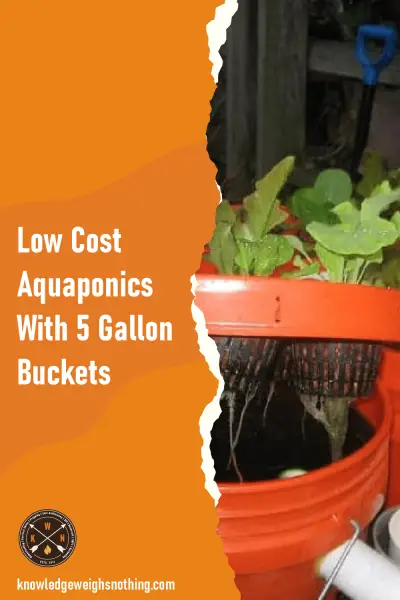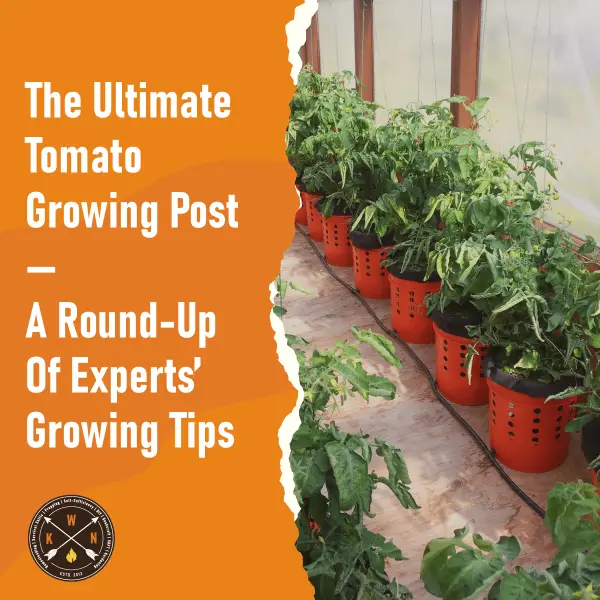
Low Cost Aquaponics with 5 gallon buckets
Aquaponics is a sustainable method of farming that uses both water and sunlight to grow

Aquaponics is a sustainable method of farming that uses both water and sunlight to grow

That’s right, there is a way you can get solar panels for free! I know

Yep, this post is about building a homemade DIY septic system from cheap plastic barrels

Native American culture is one of sophistication, community spirit and respect for the land, its

Over the years we have featured a whole load of awesome DIY solar projects for

Looking for the most efficient way of heating your home? Perhaps you’ve heard all about

Many people think that once you have some chickens, you then have a constant and

This post is a round-up of smaller posts that were previously featured on Knowledge Weighs
